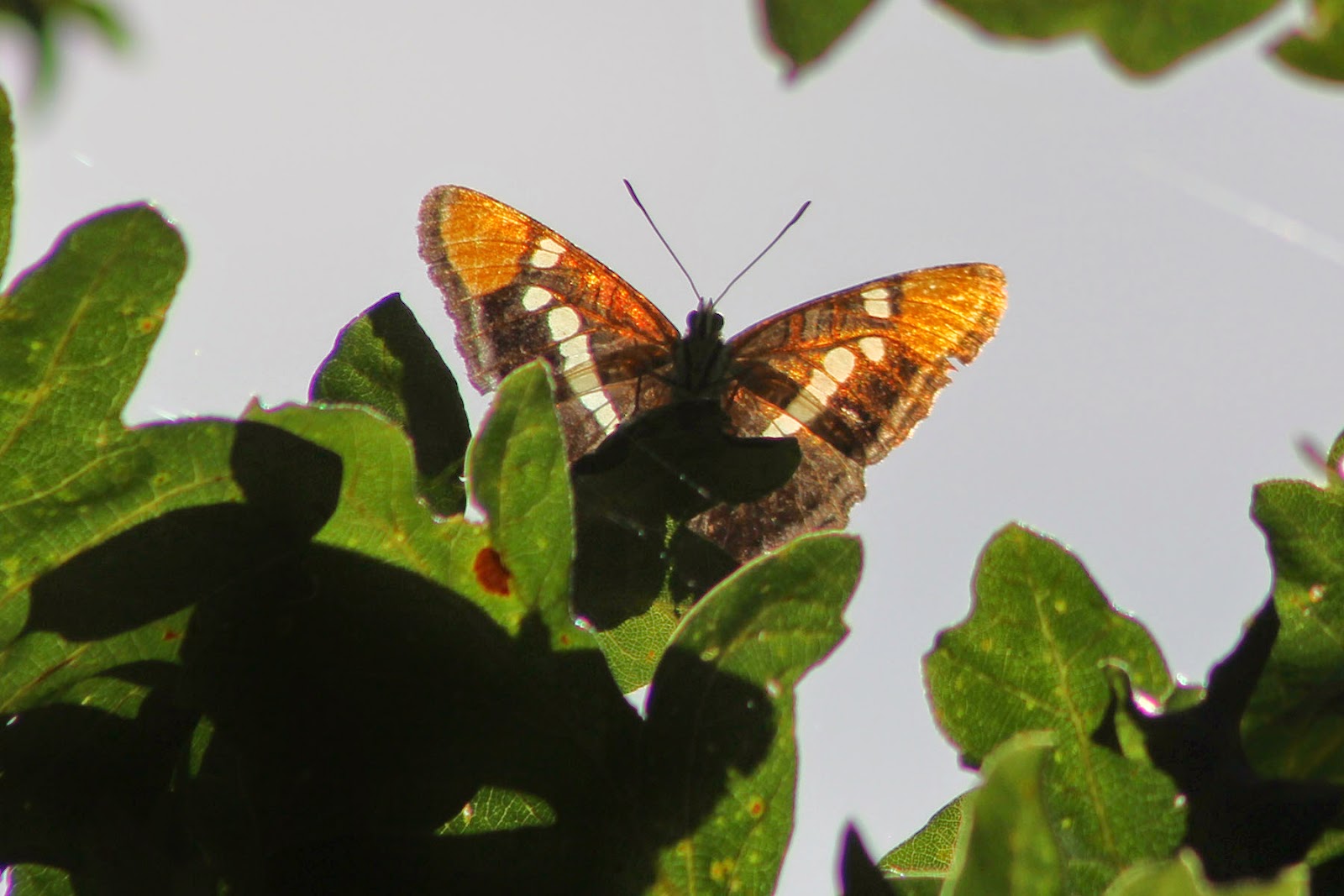“Flying without feathers is not easy; my wings have no feathers.” — Plautus
The Roman playwright Titus Maccius Plautus surely thought he was being clever when he rattled off the above epigram for his work, The Carthaginian, but featherless flight evolved several times independently, and is the rule throughout the aerial animal kingdom, rather than the exception. (In fairness to our friend Plautus, the latter part of the quote is sometimes translated as, “my wings are not yet fledg’d,” which makes much more sense).
I’m sitting down to write this in late July, when the birding is slow, and Moth Week is winding down, so this seemed like a good opportunity to highlight some featherless flyers. I’ve been on a bit of a butterfly tear lately, and even signed up for eBird’s Leppy cousin,
e-Butterfly (it’s still going through its growing pains, but definitely give it a try). Two National Wildlife Refuges in the Willamette Valley region are particularly rich with butterflying opportunities, and have gone a fair way toward advancing our nascent Oregon lists. One of these, Baskett Slough NWR, is among the few remaining strongholds for Fender’s Blue, an endangered subspecies of Boisduval’s Blue. The other, William L. Finley NWR, has just had Fender’s reintroduced earlier this year, hopefully helping bolster the local population.
 |
| "Fender's" Blue |
Western Tiger Swallowtail is our largest butterfly in the Willamette region (Two-tailed Swallowtail is larger, but it only occurs east of the Cascades in northern Oregon). It’s so big, in fact, that its wingspan can equal four Fender’s Blues from tip to tip. It’s also among our most common butterflies, so we’ve been crossing paths pretty frequently over the past month.
 |
| Western Tiger Swallowtail |
Speaking of “common” butterflies, here are two more. Common Ringlet is a hugely variable species that we find in grassy habitats. Most populations have a dark submarginal eyespot, which ours lack. Common Wood-nymph is a similarly drab butterfly, but loaded with plenty of eyespots to spare. These two must have waged a winner-take-all gamble for the entire pot, and the Wood-nymph came away with the king’s ransom of eyespots.
 |
| Common Ringlet |
 |
| Common Wood-nymph |
California Sister is a subtly beautiful butterfly, with stained glass patterning along the leading part of the forewing. The group name “Sister” refers to their white stripes, supposed to resemble a nun’s habit. It’s not an entirely convincing resemblance, nor is it quite fair, as they’ve got a good deal more pizzaz than even Julie Andrews as Maria.
 |
| California Sister |
From nuns to goddesses, we have the Mylitta Crescent. Mylitta was the Babylonian counterpart to Aphrodite, goddess of love and fertility. I don’t know the etymology of the species name, but these tiny bursts of orange were quite active when we found them at Finley NWR. Finley is the only place we’ve seen them so far, and only along a limited stretch of our trail. They’re common throughout much of the West, so I’m sure we’ll get plenty familiar with them in time.
 |
| Mylitta Crescent |
Since it’s Moth Week, there’d be no excuse for my neglecting the butterfly’s less celebrated cousins. This odd-looking T-shape of a bug is actually a Morning-glory Plume Moth. It’s got spindly, plume-covered hindwings wrapped up inside narrow forewings. It’s completely bizarre, and not at all what people picture when they think of moths. If I hadn’t seen this one fly and then land when we crossed paths at Baskett Slough, there’s no way I would have seen it. We’ve had some other pretty good moths since we’ve moved to Oregon, but so far nothing like
large and charismatic moths like we’d grown used to in Savannah.
 |
| Morning-glory Plume Moth |
A
couple of posts ago, I included a picture of an Eight-spotted Skimmer. Well, here’s a Twelve-spotted Skimmer. The Eight-spotted Skimmer spends it’s days muttering, “You think you’re better than me? You’re not better than me.” Deep down it knows that the Twelve-spotted is indeed better… by four.
 |
| Twelve-spotted Skimmer |
 |
| Dragonfly mating never ceases to baffle and astound |
 |
| Spreadwing sp. |
 |
| Blue Dasher |























No comments:
Post a Comment